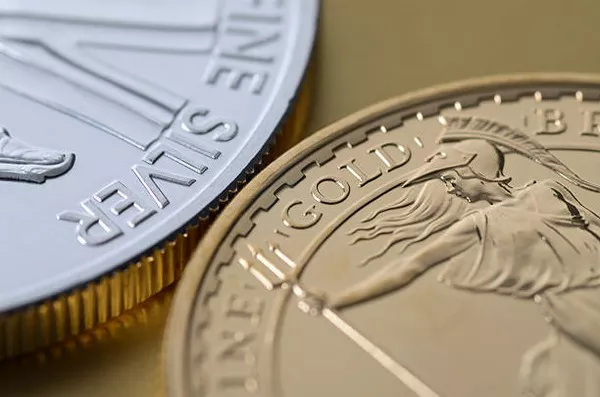In recent years, the price of physical silver has seen significant increases, sparking interest among investors and economists alike. To understand why physical silver is becoming more expensive, it’s essential to examine the various economic factors at play.
Supply and Demand Dynamics
The fundamental principle of supply and demand heavily influences the price of physical silver. On the supply side, silver is primarily obtained as a byproduct of mining other metals like copper, lead, and zinc. This means that the production of silver is somewhat contingent upon the demand for these base metals. As a result, silver production can be less responsive to changes in silver prices compared to primary metals.
On the demand side, silver has a wide range of industrial applications. It is used extensively in electronics, solar panels, medical devices, and automotive components. As global economic activity expands, the demand for these products—and therefore the demand for silver—increases. Additionally, silver has historically been valued as a store of wealth and a hedge against inflation and economic uncertainty, further driving investment demand.
Investment Demand
Silver’s role as an investment asset has also contributed to its price appreciation. Like gold, silver is often seen as a safe-haven investment during times of economic instability or market volatility. Investors seeking to diversify their portfolios and protect against currency devaluation or inflation turn to silver as a tangible asset with intrinsic value. The increased interest in precious metals as an alternative to traditional financial instruments has boosted demand and pushed prices higher.
Market Sentiment and Speculation
Market sentiment and speculative activity can also impact the price of physical silver. The perception of silver as an undervalued asset or as having strong potential for future price growth can attract speculative traders and investors, leading to short-term price spikes. Similarly, news events, geopolitical tensions, and shifts in central bank policies can influence market sentiment and drive speculative trading in silver futures and options markets.
Dollar Strength and Currency Fluctuations
The value of the U.S. dollar, the world’s primary reserve currency, has a significant impact on commodity prices, including silver. When the dollar strengthens against other currencies, it becomes more expensive for holders of other currencies to purchase silver and other commodities, leading to decreased demand and lower prices. Conversely, a weakening dollar tends to boost demand for commodities like silver as a hedge against currency depreciation, thereby supporting higher prices.
Inflation Hedge
Silver is often sought after as a hedge against inflation. When inflation rises, the purchasing power of fiat currencies declines, making tangible assets like silver more attractive. In periods of high inflation expectations, investors may increase their allocations to precious metals, driving up prices. The ongoing concerns about central bank policies and the unprecedented levels of fiscal stimulus implemented in response to the COVID-19 pandemic have heightened inflationary fears, further supporting demand for silver.
Production Costs and Supply Constraints
The cost of mining and refining silver plays a crucial role in determining its price. Silver mining is energy-intensive, and fluctuations in energy prices can directly impact production costs. Environmental regulations and labor costs also contribute to the overall cost structure of silver mining operations. In recent years, concerns over environmental sustainability and social responsibility have led to increased scrutiny and regulatory pressure on mining companies, potentially constraining future supply growth.
Geopolitical Uncertainty
Geopolitical tensions and global economic uncertainties can create supply disruptions and increase market volatility, leading to higher silver prices. Political instability in major silver-producing countries, trade disputes, and sanctions can disrupt supply chains and limit the availability of silver on the market. Investors often turn to precious metals like silver as a safe-haven asset during times of geopolitical turmoil, further driving up prices.
Investment Choices and Portfolio Diversification
As investors seek to diversify their portfolios beyond traditional assets like stocks and bonds, interest in alternative investments like physical silver has grown. Silver offers diversification benefits and serves as a potential hedge against broader market risks. Moreover, the rise of exchange-traded funds (ETFs) backed by physical silver has made it easier for retail and institutional investors to gain exposure to the silver market, contributing to increased demand and price appreciation.
See Also Silver Ore: From Formation to Future Prospects
Conclusion
The increasing price of physical silver can be attributed to a combination of supply and demand factors, investment demand, market sentiment, inflation concerns, currency fluctuations, and geopolitical uncertainties. As global economic conditions evolve and investor preferences shift, the outlook for silver prices remains subject to ongoing changes in market dynamics. Understanding these underlying factors is crucial for investors seeking to navigate the complexities of the precious metals market and make informed investment decisions. Silver’s enduring role as both an industrial commodity and a store of value underscores its significance in the broader context of global finance and investment.


